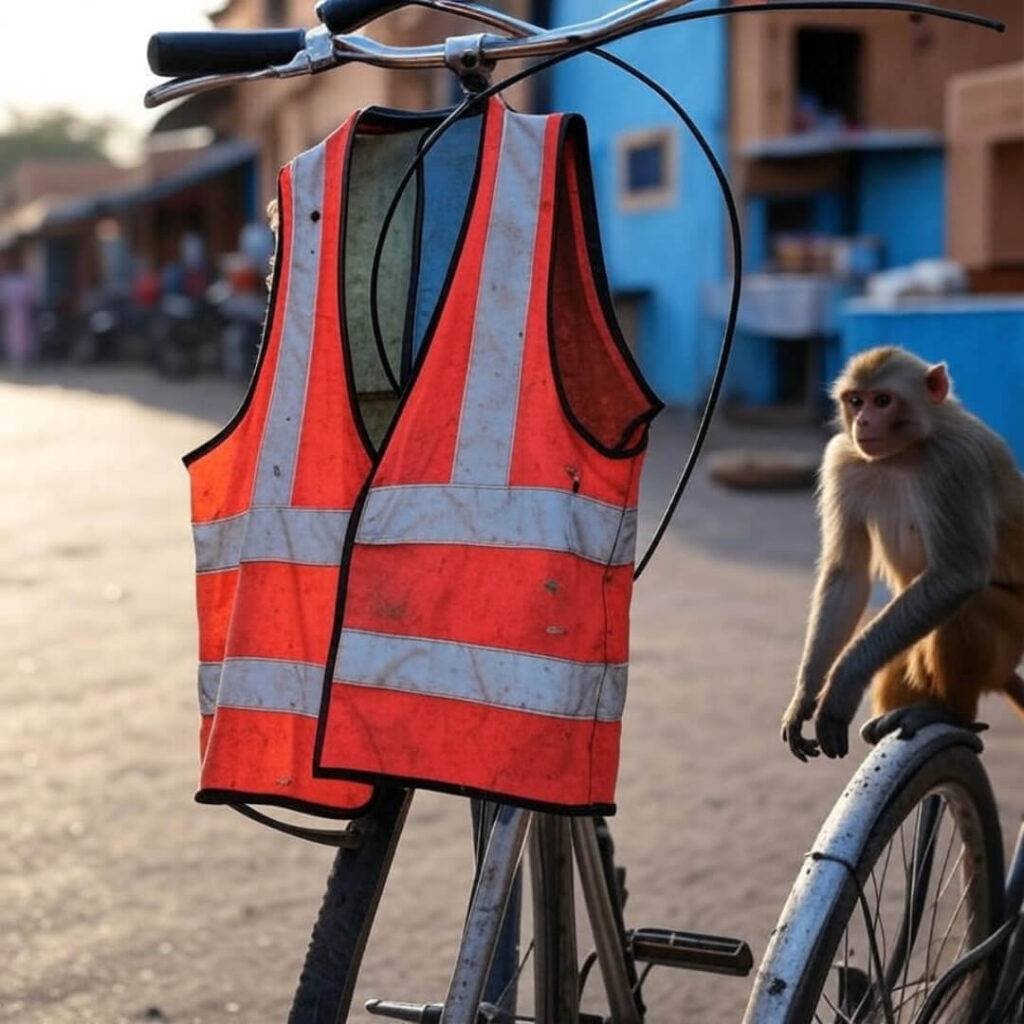Motorcycle safety stats aren’t just boring numbers—they’re, like, a wake-up call when you’re dodging rickshaws and cows on India’s insane roads. I’m sitting in this cramped chai stall in Rajasthan right now, sweat dripping, the air thick with diesel and masala, and I’m still rattled from nearly eating dirt last week. I’m just an American dude, okay? Not some pro biker. Back home, I thought I was hot shit on my Yamaha, but India’s roads? They’re a whole other level of crazy. Like, I read that over 37% of road deaths here involve bikes (India’s 2023 MoRTH report). That stat hit me hard after I almost plowed into a goat—yes, a frickin’ goat—on a dusty backroad.
I’m sipping this chai, burning my tongue, and I’m kicking myself for not checking those motorcycle safety stats sooner. My helmet was loose, my jacket was more for looks than protection, and I was riding like an idiot. The roads here smell like spice and exhaust, horns blaring nonstop, and I’m learning the hard way. So, lemme spill what I’ve figured out, screw-ups and all, about staying safe on two wheels. It’s messy, it’s real, and it’s me trying not to crash again Motorcycle Safety Statistics
Why Motorcycle Safety Stats Are My New Obsession
Alright, so motorcycle safety stats aren’t just for geeks or whatever—they’re why I’m still breathing. That 2023 MoRTH report? Says two-wheelers are in over 60,000 fatal crashes a year in India. Sixty. Thousand. I was ripping through Jaipur, dodging potholes and street vendors, when I realized I was being dumb. My helmet strap was flapping, my tires were iffy, and I hadn’t checked my brakes in forever. Total rookie move. Another stat: riders without helmets are 40% more likely to die in a crash (NHTSA, 2023). I tightened my strap right there, feeling like a complete moron.
Last week, I saw this guy on a Royal Enfield, no helmet, texting while weaving through traffic like he’s immortal. I wanted to scream, “Bro, the stats!” but he zoomed off. That’s when I got obsessed with motorcycle safety stats. They’re not just numbers—they’re stories of dudes like me, maybe a bit too cocky, learning the hard way. I’m still learning, and I ain’t perfect—hell, I forgot my gloves yesterday and my hands are still sore from the grips. Motorcycle Safety Statistics

Motorcycle Safety Stats That’ll Save Your Ass
Okay, let’s get real with some motorcycle safety stats I wish I’d known before I got here. These are straight from my frazzled brain, and yeah, I messed up plenty learning ‘em:
- Helmets are non-negotiable. The WHO says good helmets cut your chance of dying by 42%. I learned this after my strap flub—now I check it like a paranoid mom.
- Speeding’s a death wish. Over 50% of bike crashes here involve speeding (MoRTH, 2023). I got cocky outside Udaipur, nearly kissed a truck’s bumper. My heart’s still recovering.
- Be seen, not squashed. Reflective gear makes you 37% less likely to get hit (IIHS, 2024). My cool black jacket? Useless at dusk. Now I rock a dorky neon vest, and I’m fine with it.
- Booze and bikes don’t mix. Drunk riding’s in 25% of fatal crashes worldwide (WHO, 2023). Saw a guy wobbling past a chai stall at night, and it spooked me straight.
These stats are why I’m still here, typing this with chai stains on my shirt and flies buzzing around. I’ve made every mistake, and I’m damn lucky I’m still rolling. Motorcycle Safety Statistics
My Screw-Ups and Tips for Safe Riding Motorcycle Safety Statistics
So, yeah, I’ve fucked up a ton. Let’s talk about it, ‘cause motorcycle safety stats only help if you do something with ‘em. My first big ride in Delhi, I thought I was a badass, weaving through traffic. Then a rickshaw cut me off, and I swerved so hard I nearly dumped my bike. My brakes were mushy—hadn’t checked ‘em in weeks. Dumbass move. Here’s what I’ve learned, mostly from eating dirt figuratively (and almost literally): Motorcycle Safety Statistics
- Check your bike, like, all the time. Tires, brakes, lights—do it daily. I skipped this once, and my headlight crapped out at night. Scary as hell. Motorcycle Safety Statistics
- Wear your helmet right. Not loose, not pushed back like some hipster. Snug, every time. That loose strap moment still haunts me.
- Chill on the speed. India’s roads don’t care about your ego. I eased off after that Udaipur scare, and I’m still shaking my head at myself.
- Be a neon dork. Reflective vests, tape, whatever—own it. I felt lame at first, but now I’m all about that visibility life.

How India’s Roads Schooled Me on Bike Safety Motorcycle Safety Statistics
Riding in India’s like nowhere else, man. The roads are this wild mix of dust, chaos, and straight-up beauty. I’m in this chai stall, the owner chuckling as he pours me another cup, and I’m thinking how India’s roads forced me to respect motorcycle safety stats. Back in the States, I’d blast music, zone out, cruise easy. Here? Every ride’s a damn adventure. Dodging a cow at 40 mph wasn’t on my bucket list, but it happened. That 37% two-wheeler fatality stat? It’s real when you hear sirens or see a crumpled bike on the roadside.
I’m not some safety guru—hell, I still forget to check my mirrors half the time. But these motorcycle safety stats? They’re my lifeline. They keep me sharp, even when I’m exhausted or feeling cocky. If I can stop one person from being as dumb as I was, I’m good.
Wrapping Up My Motorcycle Safety Stats Rant
So, yeah, motorcycle safety stats ain’t glamorous, but they’re keeping me alive on India’s wild-ass roads. I’m sitting here, chai cold, dust in my beard, and I’m grateful for every near-miss that taught me something. If you’re riding, dig into these stats, check your gear, and don’t be an idiot like I was. Don’t race rickshaws—trust me, I tried, and it was stupid. Stay safe, stay seen, and maybe we’ll cross paths at a chai stall someday. Motorcycle Safety Statistics






